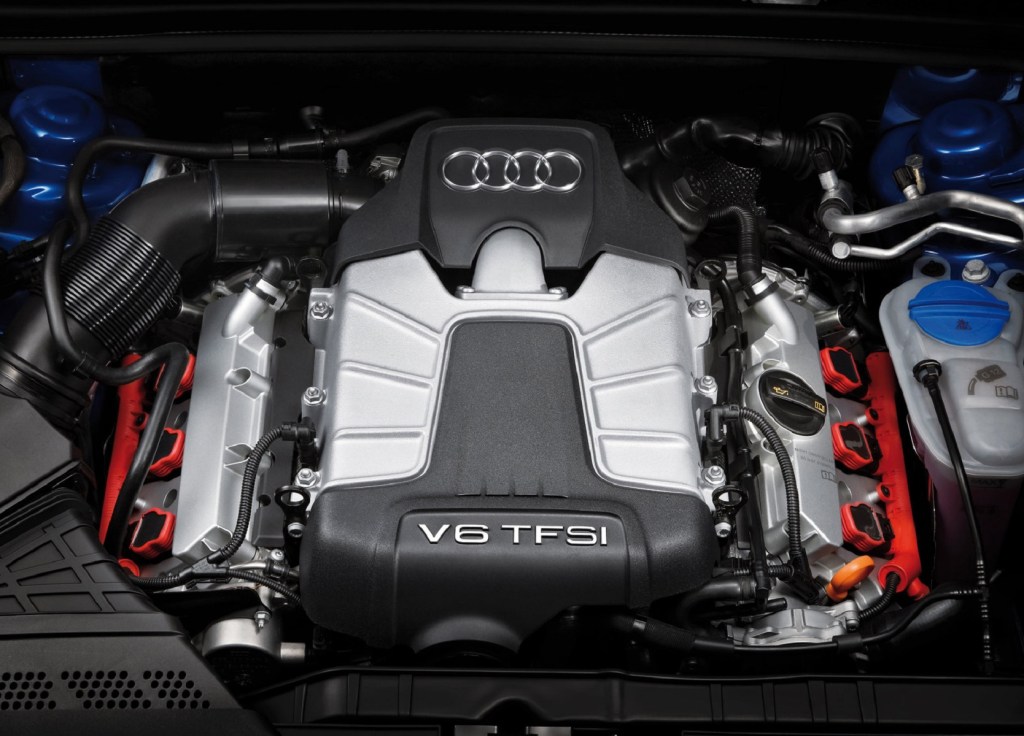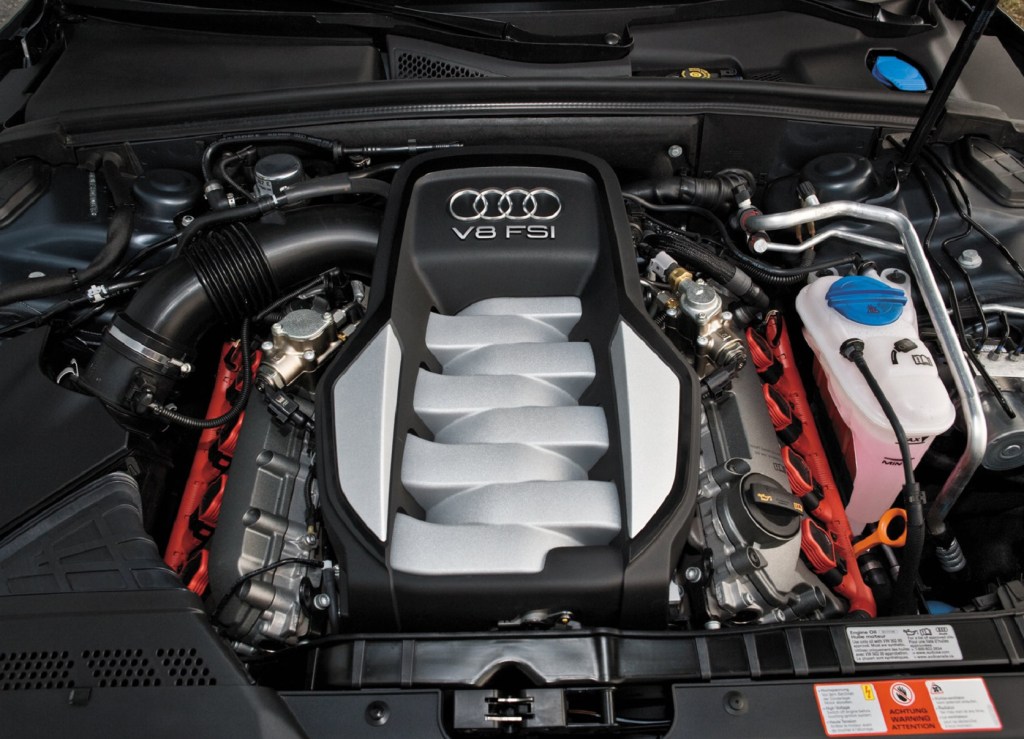
Audi Implements Exhaust Aftertreatment To Lower Emissions
Controlling emissions has been a priority for the United States Environmental Protection Agency, more commonly known as the EPA. Several car manufacturers have stepped out to make strides forward towards a greener, more sustainable future, starting at production and following through all the way to the delivered product. For Audi, that has meant getting active in the community to help collect waste in waterways, as well as many other programs. This includes an exhaust aftertreatment that can lower the emissions produced by their vehicles.
Reduction of emissions
Audi has been developing a new total exhaust aftertreatment that is designed to significantly reduce the emissions of their gasoline-powered engines in an attempt to be more environmentally conscious and forward-thinking. The system is designed to remove nitrogen oxide from the emission gases of the TDI engines, and according to Audi, they are expecting this to be as much as a 90% reduction.

The confusing technical aspects
There is a lot of science and engineering into producing such an effective aftertreatment. While there are a lot of technical aspects to the entire aftertreatment system as it has been rigorously developed, the overall changes feature a NOx storage catalyst, Selective Catalyst Reduction (SCR) coated diesel particulate filter, and an additional SCR located further downstream. Collectively, the system should be incredibly effective in reducing emissions.

Challenges for Audi
Of course, if this technology was easy to develop, Audi and other manufacturers would have done so sooner to get ahead of increasingly stringent EPA regulations. The engineers also had to ensure that the technology and methods used were accessible enough to replicate in mass-scale production and being conscious of the materials being used.
If Audi is able to further refine the process, there is potential for gasoline-powered engines to continue in our future — a future in which many people could argue that, like the manual transmission, the days of the gas engines are numbered. With more sustainable and responsible ways to continue producing gasoline-powered cars, they may still have a place in the consumer market decades from now.

Making these strides forward towards lowering emissions isn’t just important to the environment; it is essential. For almost every major car manufacturer, the competition to produce more forward-focused cars with lower emissions is on. With the many facilities striving towards carbon neutrality on the production line, we can hope for a greener future.


